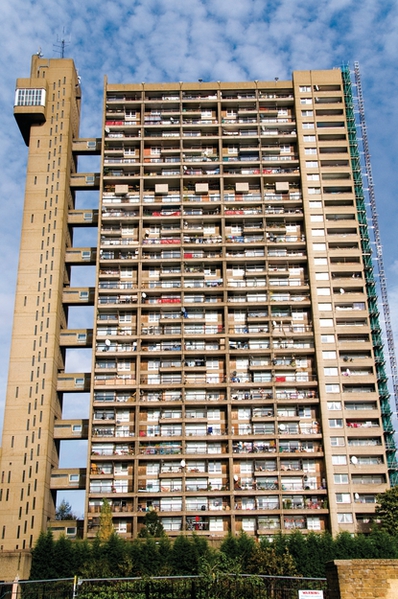You are viewing 1 of your 1 free articles

What Hamburg can teach us about high-density living
High-density housing is key to improving the quality of city living, says Richard Jennings
Across Scotland and the UK there is a repetitive and persistent message of a housing crisis. Whether you are looking for an affordable home to rent or buy, choices are limited and costs are going up. In Scotland there has been a major focus by government on the supply of affordable housing, just one part of the jigsaw.
In Edinburgh land prices are high and rising, rents are becoming eye watering in some areas and subsidised affordable housing is at a premium. House builders are focusing on low-density developments, knowing that a small house presents lower risk in the market than a block of flats.
Yet it is higher-density living that we need to meet demand in a city such as Edinburgh, constrained on one side by the Forth and the other by the Pentland Hills. Continuing to build out towards the city’s perimeter and into the Lothians and Fife only perpetuates the existing transport chaos that occurs every day.
The challenge is to design and build high-quality flatted developments that offer a range of spaces for people to live in at all stages of their lives.
Having recently returned from Hamburg, where flats are the norm for the young, families and older people, it is clear that Edinburgh has a job to do. In Hamburg public transport and the road network combine to make high-density living efficient and effective. The streetscape was friendly to pedestrians and cyclists, making it a place to live and relax in.
“The challenge is to design and build high-quality flatted developments that offer a range of spaces for people to live at all stages of their lives.”
If this is just left to house builders will we, in 30 years’ time, look back at houses built in the early 21st century with pride in how they shaped our city? Many modern houses are squeezed onto tiny plots, with shrinking floor plans and dubious ‘double’ bedrooms.
New housing developments are rarely integrated into the community and this is also one of the reasons modern high-density developments often miss the mark. Is it not time to reimagine housing in urban areas and create new designs that respect the cost of land, without trying to squeeze an outdated design onto an ever-shrinking footprint?
City councils such as Edinburgh are under growing pressure from developers to speed up the planning process and accelerate the availability of land. This is certainly required, but not at the expense of creating a city that is fit for today, tomorrow and 100 years from now.
“Is it not time to reimagine housing in urban areas and create new designs that respect the cost of land, without trying to squeeze an outdated design on to an ever shrinking footprint?”
What we build today will determine how the city functions for generations and there are times when elected members and officials are going to have to say no. It is not beyond our collective wit to design a great city, we just need to work together and keep one eye on the future while tackling the crisis of today.
Richard Jennings, managing director, Castle Rock Edinvar











